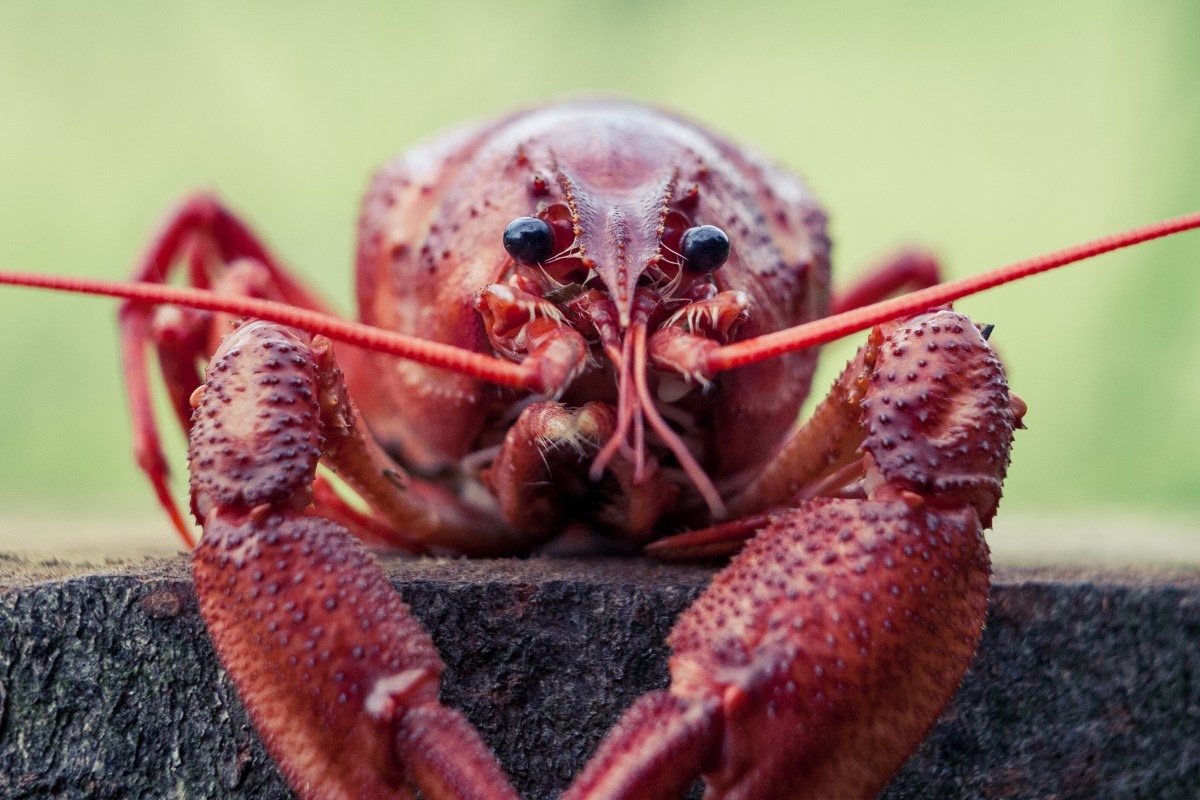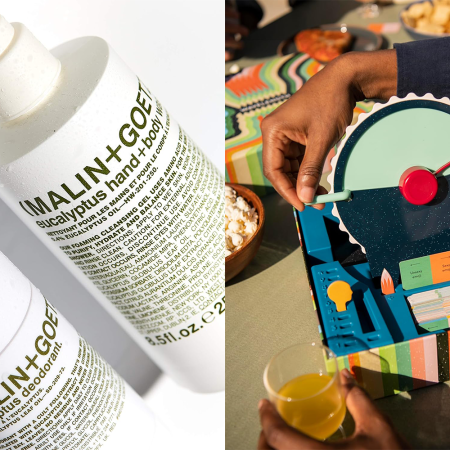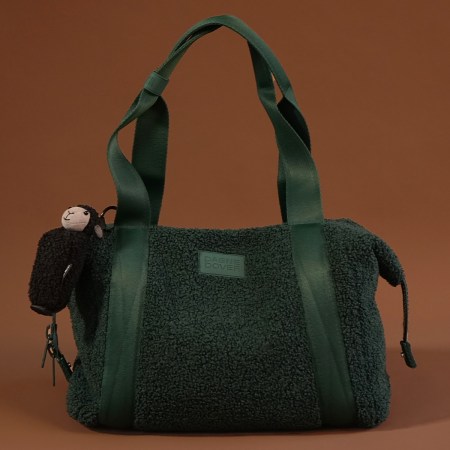Researchers at the Massachusetts Institute of Technology have discovered one of the toughest, naturally-occurring polymers in the world in the underbelly of lobster. And they’re eyeing it for the future generations of protective gear for the military.
The lobster’s hydrogel, which is when one or more polymers are suspended in water, could be used to create military armor, high-tech clothing accessories, and even applications relating to bone regeneration and medical dressing, Newsweek reports.
The MIT scientists published their findings in the journal Acta Biomaterialia. In it, they report finding that the hydrogen membrane on the American lobster’s belly is as strong as industrial rubber used to make car tires.
“We think this membrane structure could be a very important reason for why lobsters have been living for more than 100 million years on Earth. Somehow, this fracture tolerance has really helped them in their evolution,” Ming Guo, the study’s co-author said.
In their research, scientists discovered that the tissue could stretch to twice its normal length and was resilient to small cuts.
“The knowledge learned from the soft membrane of natural lobsters sheds light on designing synthetic, soft yet strong and tough materials for reliable usage under extreme mechanical conditions, including a flexible armor that can provide full-body protection without sacrificing limb mobility,” the team explained.
Thanks for reading InsideHook. Sign up for our daily newsletter and be in the know.

















